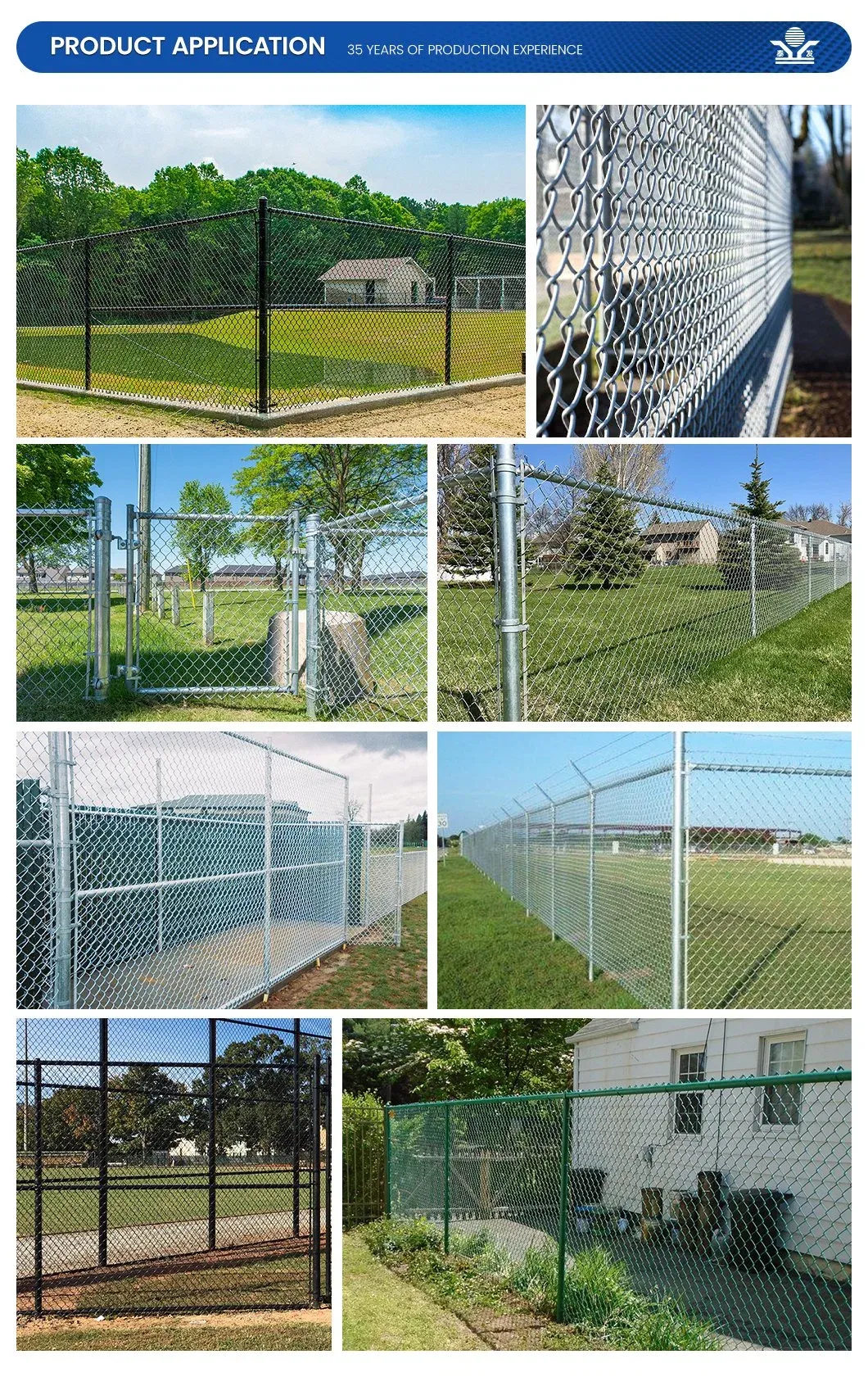Acoustic Noise Barriers An Effective Solution for Urban Noise Pollution
As urbanization continues to escalate across the globe, the consequences of increased human activity are becoming more apparent. One significant concern is noise pollution, which can contribute to various health problems, including stress, sleep disturbances, and even cardiovascular issues. To combat this pervasive issue, many cities are turning to acoustic noise barriers as a practical solution to reduce unwanted sound transmission from roads, railways, and industrial areas.
Acoustic noise barriers are structures designed to absorb or deflect sound waves, thus minimizing noise exposure in sensitive areas such as residential neighborhoods, schools, and parks. Typically constructed from materials like concrete, wood, or specialized acoustic panels, these barriers are strategically placed between noise sources and vulnerable locations. Their effectiveness depends on several factors, including height, length, material density, and the frequency of the sound being blocked.
One of the primary benefits of acoustic barriers is their ability to improve the quality of life for those living near high-noise environments. For instance, communities situated close to highways often endure constant traffic noise, which can be overwhelming. By installing noise barriers, local governments have observed significant drops in decibel levels, fostering a more peaceful living environment. Residents have reported better sleep, increased productivity, and enhanced well-being as a result of reduced noise pollution.
Moreover, acoustic noise barriers can play an essential role in promoting public health. Research indicates that prolonged exposure to high levels of noise can lead to various psychological and physiological issues, such as anxiety and hearing loss. Implementing effective noise barriers can mitigate these adverse health effects, making urban areas more habitable. This is especially crucial as cities continue to grow, and the population density increases, leading to more substantial noise challenges.
acoustic noise barriers

Noise barriers also contribute to environmental sustainability. By controlling noise pollution, they help preserve wildlife habitats that are often affected by urban development. Many species are sensitive to noise, which can disrupt their mating, feeding, and other essential behaviors. By creating quieter environments through the use of acoustic barriers, cities can protect local ecosystems while fostering harmonious coexistence between urban life and nature.
While the benefits of acoustic noise barriers are clear, the design and implementation necessitate careful planning. Engineers and architects must consider the specific sound sources, the surrounding landscape, and community needs when designing these barriers. For example, barriers need to be tall enough to block sound effectively, yet aesthetic considerations must also be taken into account. Many cities have responded to this challenge by incorporating artistic designs and greenery into their noise barrier projects, transforming them into attractive features that blend with the urban landscape.
Additionally, the cost of constructing noise barriers can be a barrier to implementation. However, the long-term benefits often justify the initial investment. Reduced health care costs associated with noise pollution, improved property values in quieter neighborhoods, and enhanced community satisfaction are all compelling reasons for local governments to prioritize funding for such projects.
In conclusion, acoustic noise barriers serve as a vital tool in the fight against urban noise pollution. They provide an effective means to protect individuals from harmful noise levels, enhance public health, and preserve the environment. As cities continue to expand and the challenges of noise pollution become more pronounced, investing in acoustic solutions will be crucial for fostering healthier, quieter urban environments. With thoughtful design and implementation, noise barriers can become integral features of modern urban planning, contributing to the overall well-being of communities and the preservation of natural habitats.
-
Versatility of Expanded Aluminum Metal for Various Applications
NewsMay.19,2025
-
The Geometry of Steel Gratings: Why It Matters
NewsMay.19,2025
-
Reinforcement Applications of Perforated Mesh in Masonry
NewsMay.19,2025
-
Essential Tools for Installing a Deck Mesh Railing
NewsMay.19,2025
-
Anti-Slip Flooring Made with Stainless Expanded Mesh
NewsMay.19,2025
-
Adjustable Steel Grating for Uneven Terrain
NewsMay.19,2025
Subscribe now!
Stay up to date with the latest on Fry Steeland industry news.

